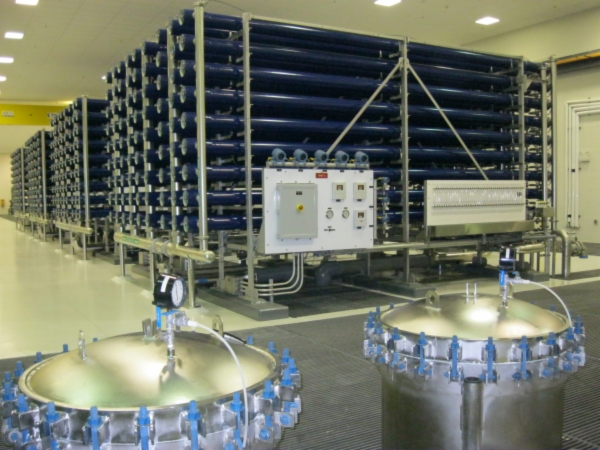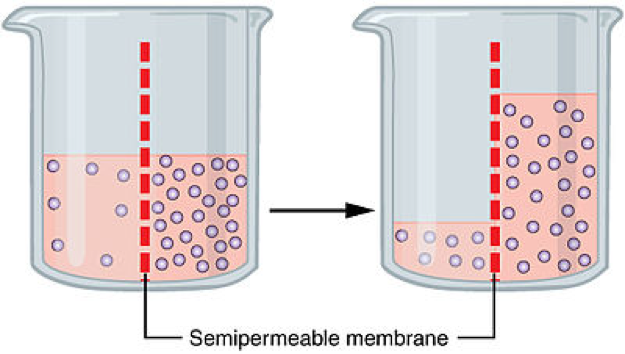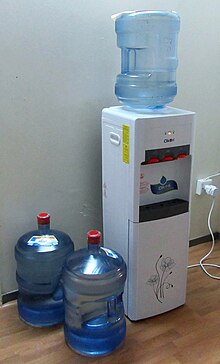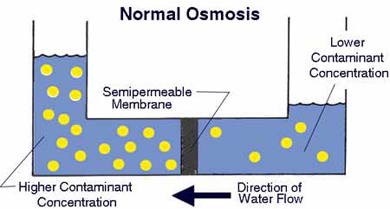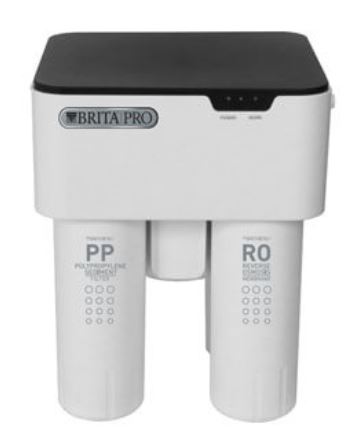Water Softener Reverse Osmosis Wikipedia

For the purest drinking water a reverse osmosis system with a water softener is the best solution.
Water softener reverse osmosis wikipedia. Where reverse osmosis systems rely on a filter to physically remove contaminants and dissolved minerals from the water a water softener uses a process known as ionization to replace magnesium and calcium ions with sodium salt ions. So you may need to seek professional help more frequently. Trevor townsend may 13 2019 august 9 2019 reverse osmosis commonly referred to as ro is a process where you demineralize or deionize water by pushing it under pressure through a semi permeable reverse osmosis filter also. As a result they require less maintenance than reverse osmosis.
Water softeners use ionization to replace magnesium and calcium ions in the water with sodium or salt ions. And that s not all here are three reasons why reverse osmosis and a water softener make a great combination. Hard water has high levels of magnesium and calcium ions which can cause dry skin water spots on glasses and silverware faded laundry and scale buildup in pipes. The most common means for removing water hardness rely on ion exchange resin or reverse osmosis other approaches include precipitation methods and sequestration by the addition of chelating agents.
Why reverse osmosis and softening work well together 1. Water softeners conditioning. Water softeners on the other hand save energy and ensure a longer lifespan for your household appliances. For that reason reverse osmosis water is used solely for high quality drinking water coffee tea ice and other consumption.
Reverse osmosis can remove those impurities from your already softened drinking water including 98 percent of all sodium left in the water from the softening process. Water softeners condition the water while reverse osmosis filters the water. Reverse osmosis ro is a water purification process that uses a partially permeable membrane to remove ions unwanted molecules and larger particles from drinking water. Reverse osmosis devices are more prone to clogging because of their pores.
Water softening and filtration for your home. In reverse osmosis an applied pressure is used to overcome osmotic pressure a colligative property that is driven by chemical potential differences of the solvent a thermodynamic parameter.
